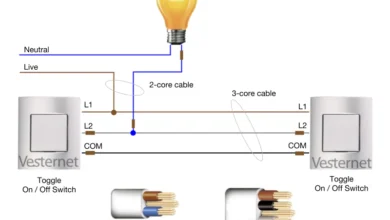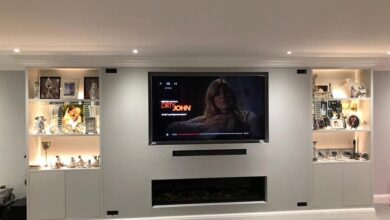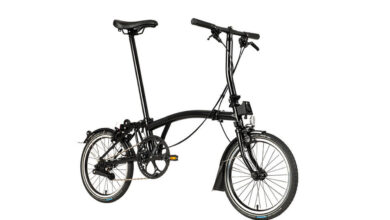Underfloor Heating and Engineered Wood: Complete Installation Guide for 2025
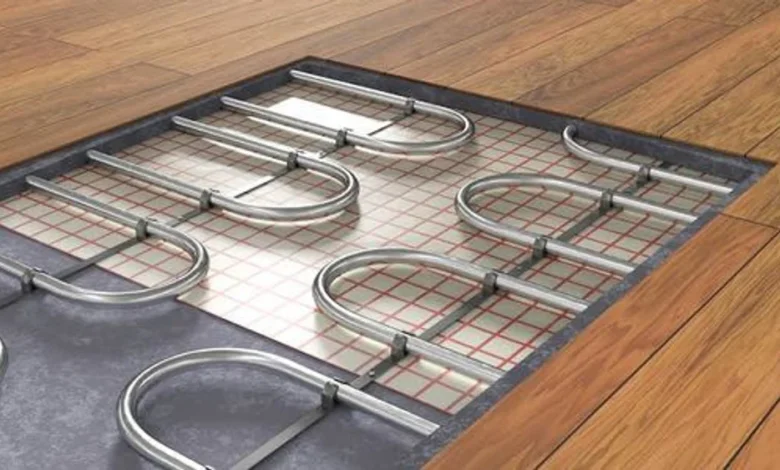
Combining underfloor heating and engineered wood flooring has become one of the most desirable home improvement trends in the UK. Homeowners love the idea of enjoying the natural beauty of wood underfoot while basking in consistent, radiant warmth that traditional radiators simply can’t match. But can wood and heat truly coexist without damage? The answer lies in choosing the right materials and following proper installation techniques.
Underfloor heating provides an energy-efficient way to heat your home evenly, while Underfloor Heating and Engineered Wood delivers a timeless aesthetic and comfort that’s second to none. When combined correctly, they create an elegant, cozy, and durable flooring system that performs beautifully all year round.
In this guide, we’ll explore how underfloor heating works, why Underfloor Heating and Engineered Wood is the ideal companion, and what you need to know for a safe and long-lasting installation. Whether you’re renovating an old space or designing a new build, this article will help you make an informed choice that blends warmth, functionality, and natural charm.
Understanding Underfloor Heating
What Is Underfloor Heating and How Does It Work?
Underfloor heating (UFH) is a modern heating solution that distributes warmth evenly across your floors instead of relying on radiators. It works by circulating heat through electric cables or water-filled pipes installed beneath the floor surface. The result is a gentle, radiant heat that rises evenly throughout the room, eliminating cold spots and drafts.
Unlike conventional radiators, which heat the air around them, underfloor systems warm the floor itself, creating a more comfortable and consistent temperature. This type of heating is also hidden from view, offering more design freedom and helping you save wall space.
Types of Underfloor Heating Systems
There are two main types of underfloor heating systems: electric (dry) and water-based (wet).
Electric systems use heating cables or mats powered by electricity, making them ideal for smaller rooms or retrofitting existing homes. They are easier and quicker to install, though they may cost more to run over time.
Water-based systems, on the other hand, circulate warm water through flexible pipes connected to a central boiler or heat pump. While installation is more complex and best suited for new builds, these systems are highly energy-efficient and work exceptionally well with Underfloor Heating and Engineered Wood flooring.
Benefits of Underfloor Heating
The benefits of UFH go beyond just comfort. It’s an energy-efficient solution that operates at lower temperatures than radiators, helping to reduce energy bills. It also improves air quality by reducing dust circulation, making it ideal for allergy sufferers. Moreover, it eliminates the need for bulky radiators, allowing for sleek and open interior designs.
What Makes Engineered Wood Suitable for Underfloor Heating
What Is Engineered Wood Flooring?
Underfloor Heating and Engineered Wood is crafted from multiple layers of real wood veneer and plywood or HDF (High-Density Fibreboard). This layered structure gives it greater dimensional stability compared to solid wood, which can expand or contract with changes in heat and humidity.
The top layer, known as the wear layer, is made from natural hardwood such as oak, walnut, or ash, providing the same luxurious look and feel as solid wood. Beneath it, the core layers are strategically designed to resist warping, making Underfloor Heating and Engineered Wood perfect for pairing with underfloor heating.
Why Engineered Wood Works Well with Underfloor Heating
The combination of underfloor heating and engineered wood is ideal because engineered boards are less prone to thermal expansion. Their multi-layered composition allows them to handle gradual temperature changes without cracking or cupping.
Underfloor Heating and Engineered Wood also has excellent thermal conductivity, which allows heat to transfer efficiently to the surface, keeping rooms warm without overworking the heating system. With proper installation, it retains the natural warmth and texture of hardwood while maximizing the efficiency of your heating system.
Factors Affecting Performance
For best results, the thickness of Underfloor Heating and Engineered Wood should typically range between 14mm and 18mm. Thicker boards can insulate too much heat, reducing system efficiency. Choosing the right underlay and finish also plays a key role. For example, lacquered or oiled finishes help protect against heat-related damage and moisture. Additionally, selecting stable wood species like oak or maple ensures consistent performance over time.
Installation Guidelines for Underfloor Heating and Engineered Wood
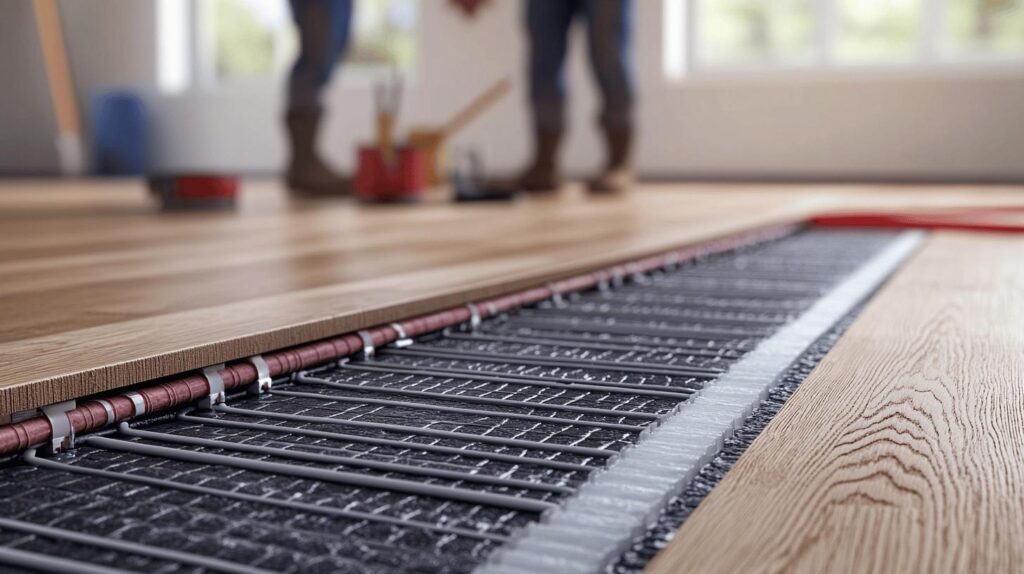
Preparing the Subfloor
Proper preparation is critical. The subfloor must be clean, dry, and level before installation. Moisture testing is essential since high humidity can cause wood to swell or buckle. Insulation boards should be installed beneath the heating system to improve efficiency and ensure even heat distribution.
Laying the Heating System
For electric systems, heating mats are laid out evenly and tested before covering. Water-based systems require careful pipe spacing to ensure consistent warmth. Always follow manufacturer guidelines and allow for movement joints to prevent damage caused by thermal expansion.
Installing Engineered Wood Over Heating Systems
Engineered wood can be installed using floating, glue-down, or click-lock methods. The floating floor method is most common, as it allows natural movement. Before fitting, the boards should acclimatize for at least 48 hours in the installation area to adapt to temperature and humidity. Expansion gaps of at least 10mm should be left around the edges to prevent buckling.
Temperature Control and Calibration
The surface temperature should never exceed 27°C. A programmable thermostat is vital for maintaining a consistent temperature and avoiding sudden heat fluctuations that could harm the flooring. Gradually increasing the heat after installation helps the wood adjust safely.
Maintenance and Care Tips
Routine maintenance ensures longevity and consistent performance. Vacuum or sweep regularly to remove dust, and clean using a damp (not wet) mop with a wood-safe cleaner. Avoid excessive water or harsh chemicals that could seep into the joints.
For long-term care, inspect the thermostat periodically and ensure the system operates within recommended temperature limits. If refinishing is needed, choose a light sanding and re-oiling method suitable for engineered surfaces. With proper upkeep, this combination can last for decades, maintaining both warmth and elegance.
Common Mistakes to Avoid
Even small installation errors can lead to problems later. Avoid installing the flooring before it’s fully acclimatized, as this can cause expansion issues. Never use underlays that block heat transfer, such as thick foam or felt. Rapid temperature changes can stress the wood, so always adjust heating gradually. Lastly, ensure a moisture barrier is used where necessary, especially over concrete subfloors.
Cost Considerations
Installing underfloor heating with engineered wood is an investment in comfort and energy efficiency. Electric systems generally cost between £60–£100 per square metre, while water-based systems can range from £70–£120 per square metre, including materials and labour. Engineered wood itself costs between £30–£80 per square metre, depending on thickness and wood species. Though the upfront costs are higher, energy savings and durability make this pairing a smart long-term investment.
Advantages of Combining Underfloor Heating and Engineered Wood
When installed correctly, this combination offers unparalleled benefits: even heat distribution, energy efficiency, and a natural, inviting aesthetic. Unlike tiles or laminate, wood adds character and warmth to interiors. It’s a modern, eco-friendly solution that enhances property value while creating a calm and comfortable living environment.
Conclusion
Pairing underfloor heating and engineered wood is the perfect marriage of technology and tradition. You get the timeless appeal of real wood with the invisible luxury of radiant warmth. With the right installation, care, and attention to detail, this combination provides comfort, style, and performance that lasts for decades. For homeowners seeking a cozy yet sophisticated upgrade, it’s truly one of the best flooring solutions available in the UK today.
Frequently Asked Questions (FAQs)
Can I use underfloor heating with any engineered wood?
Yes, but choose high-quality boards between 14–18mm thick for optimal performance.
What’s the maximum temperature for engineered wood floors?
Never exceed 27°C at the surface to avoid warping or drying out the wood.
Do I need special underlay for underfloor heating?
Yes — use a heat-conductive underlay designed specifically for UFH systems.
Can I refinish engineered wood with underfloor heating installed?
Yes, but only lightly. Avoid deep sanding that might expose the core layers.
How long should I wait before turning on the system after installation?
Allow at least 48–72 hours for the adhesive or flooring to settle before gradually heating.
You May Also Read: Best Breastfeeding Chair UK
